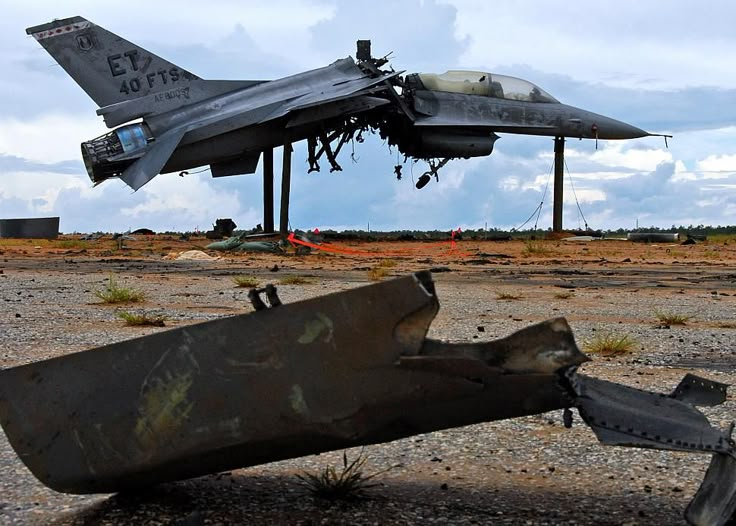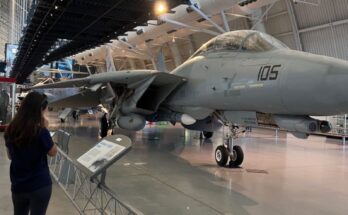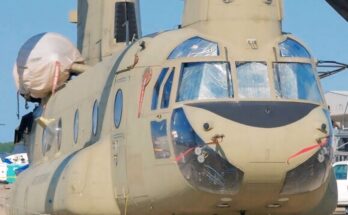
The F-16 Fighting Falcon, often referred to as the “Viper,” is one of the most versatile and widely used multirole fighter aircraft in the world. Originally developed by General Dynamics and later produced by Lockheed Martin, the F-16 has served numerous air forces since the late 1970s. Over time, various versions have been developed to meet evolving mission requirements. Among these unique variants is the QF-16, an advanced full-scale aerial target drone designed to test modern weapon systems and train fighter pilots in realistic combat scenarios.
What is the QF-16?
The QF-16 is an unmanned aerial target converted from retired F-16 fighter jets. Instead of being scrapped, these decommissioned aircraft are given a second life as drones capable of simulating enemy threats. The U.S. Air Force began the QF-16 program to replace the aging QF-4 Phantom drones, which could no longer replicate the performance of modern adversary aircraft. The first successful unmanned flight of the QF-16 took place in 2013, marking a significant milestone in aerial training technology.
Design and Capabilities
Unlike older drones, the QF-16 retains the agility and speed of the original F-16, making it a highly capable target for advanced air-to-air missiles and ground-based defense systems. It can operate either remotely piloted or fully autonomous, depending on mission requirements. Engineers have equipped the QF-16 with sophisticated telemetry systems, GPS navigation, and a safety self-destruct feature in case of loss of control.
The aircraft can perform high-G maneuvers, supersonic speeds, and complex flight patterns to mimic potential enemy fighters. This makes the QF-16 ideal for evaluating cutting-edge weapons such as the AIM-120 AMRAAM or for practicing live-fire engagements during military exercises.
Role in Modern Training and Testing
The introduction of the QF-16 has transformed air combat training. Pilots can now engage in more realistic scenarios, facing a drone that behaves like a real fighter jet. Additionally, weapon manufacturers and military programs use the QF-16 to validate missile performance and assess the effectiveness of new air defense systems under combat-like conditions.
These drones are essential in bridging the gap between simulator training and actual combat. Unlike computer-generated simulations, the QF-16 offers an authentic flight profile with real aerodynamic responses, making it a valuable tool for both testing and training.
Cost and Sustainability
Repurposing retired F-16s into QF-16 drones is a cost-effective approach for the Air Force. It extends the life of existing aircraft while avoiding the high expense of building new drones from scratch. However, since these missions often involve live-fire tests, most QF-16s are eventually destroyed during training exercises, making their service short but impactful.
Conclusion
The QF-16 stands as a remarkable evolution of the legendary Fighting Falcon. By transforming a proven combat aircraft into an advanced aerial target, the U.S. Air Force ensures its pilots and weapon systems remain prepared for the challenges of modern warfare. This innovative adaptation demonstrates not only the versatility of the F-16 platform but also the importance of realistic training in maintaining air superiority.
Would you like me to also create a similar 500-word article for another F-16 variant like F-16V Block 70 or F-16I Sufa?


